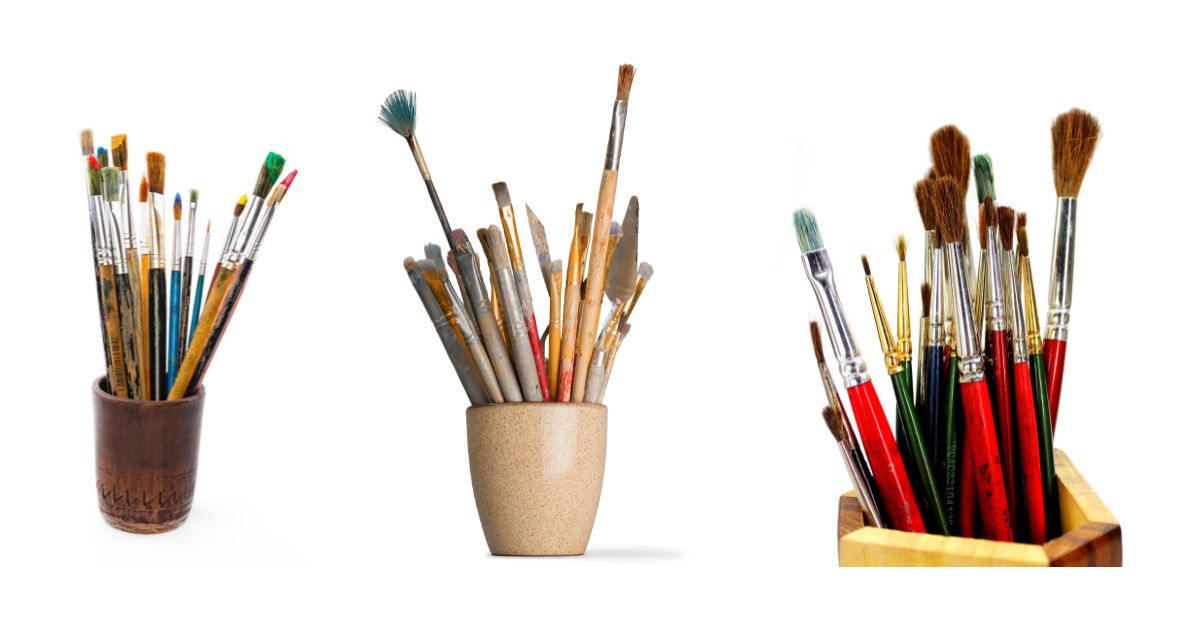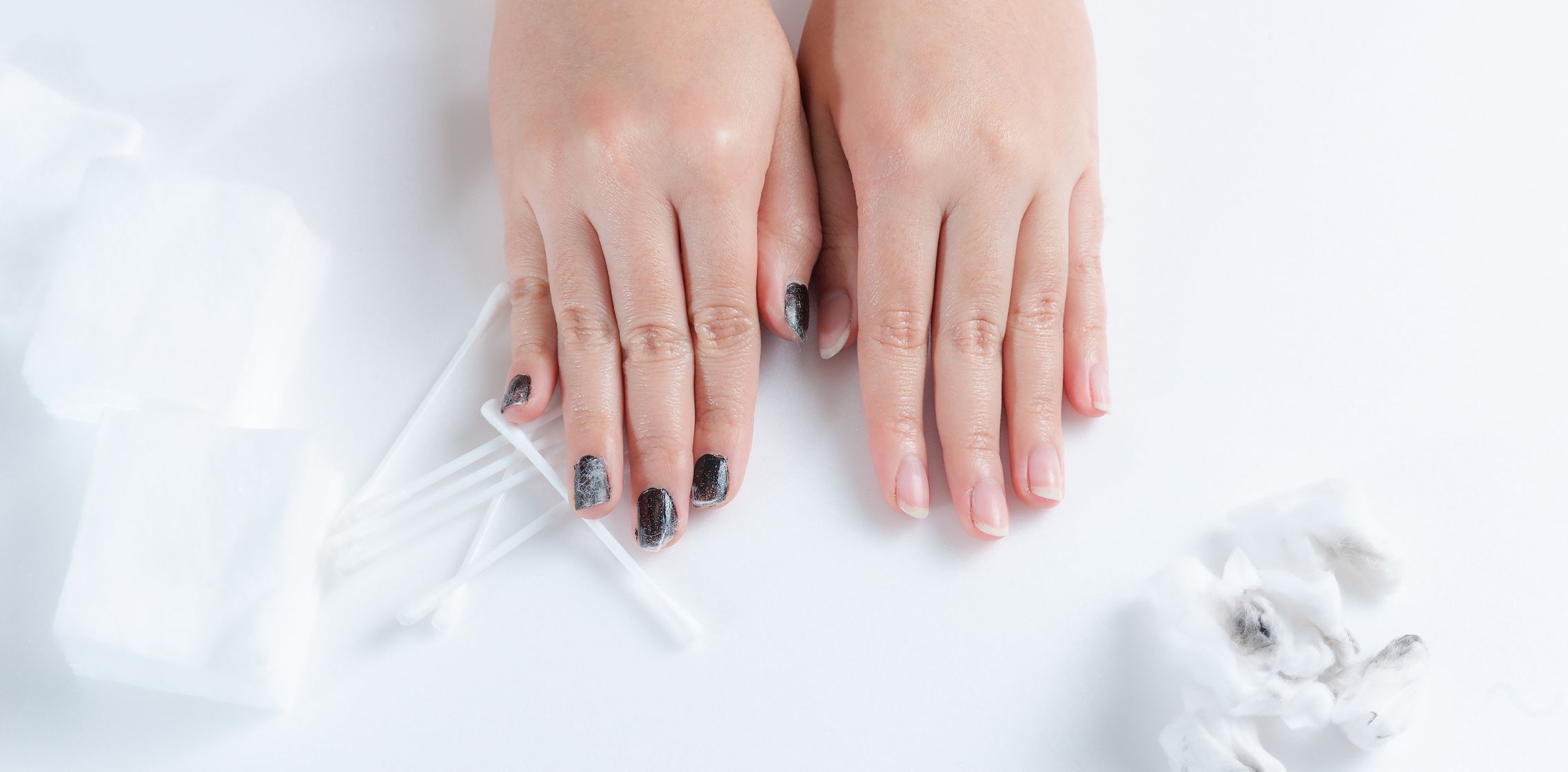When it comes to deciding between staining and painting, it can sometimes be challenging to determine the best option. While functionality plays a role, aesthetics often take center stage.
Understanding the project at hand is crucial as well. For instance, you may opt for stain on your backyard deck and interior banister, but for different reasons. In this comprehensive guide, we will explore the intricacies of staining versus painting, helping you make an informed decision.
The Difference Between Staining and Painting
Before delving into the considerations for choosing between staining and painting, let’s highlight the key differences:
| Aspect | Paint | Stain |
|---|---|---|
| Application | Forms a protective layer on the surface | Penetrates into the material |
| Appearance | Offers a wide range of colors and finishes | Enhances the natural look of the wood |
| Coverage | Provides excellent coverage | May require multiple coats for depth |
| Durability | Offers good resistance to wear and tear | Provides moderate protection |
| Maintenance | Requires periodic repainting | May require reapplication over time |
| Protection | Provides high protection against elements | Provides minimal protection |
| Transparency | Opaque or semi-opaque | Transparent or semi-transparent |
| Surface Preparation | Requires thorough cleaning and priming | Requires proper cleaning and sanding |
| Wood Grain Visibility | Hides the natural grain of the wood | Highlights the natural grain |
| Changes to Color | Can easily change colors | Difficult to change colors |
| Environmentally Friendly | Some paints may contain VOCs | Water-based stains are eco-friendly |

Paint
Paint rests on top of a surface, forming a protective layer. It comes in a wide range of colors, offers better coverage for gaps and cracks, and is easier to clean. However, it hides the natural beauty of wood and requires more effort when it comes to repainting flaking paint.
Paints Advantages
- Enhanced longevity in humid areas
- Superior coverage for narrow gaps and cracks
- Wide range of color options available
- Easy cleanup on painted surfaces
- Ability to paint over a stained surface
- User-friendly and faster application, especially for non-professionals
Stain
Stain penetrates the surface of the wood, highlighting its natural grain. It is easier to apply, especially for deck projects, and can provide an affordable way to make softwood resemble expensive hardwood.
However, it has a shorter lifespan than paint, is challenging to change the color once applied, and offers less surface protection against scratches.
Stain Advantages
- Difficult to change color unless opting to paint over it
- Inability to stain over a painted surface
- Less surface protection against scratches and similar damage
- Shorter lifespan compared to paint
Considering Functionality
Both stain and paint contribute to the protection of the materials they are applied to. However, there are key differences in how they achieve this:
- Stain: When stain penetrates wood, it helps protect it from the inside by soaking into the top layers. This prevents moisture from entering and damaging the wood.
- Paint: While paint also provides protection, a scratch on a painted surface makes it more susceptible to water intrusion since the wood itself lacks protective properties.
Preparation and Refinishing
The preparation and application processes differ for stain and paint:
Preparation
Before applying either stain or paint, it is important to ensure the surfaces are smooth and clean. Sanding may be required depending on the project. Repainting can be more time-consuming, as flaking paint needs to be scraped off and sanded. Primer coats may also be necessary.
Application
Restaining can be done directly over the old stain, with optional sanding for an even finish. Stain can be applied by flooding the surface and wiping off the excess.
Typically, one coat of stain is sufficient. However, staining fine furniture can be more challenging due to varying absorption rates.
Practice runs are recommended to understand how the wood will react to the stain. Paint application involves multiple coats and requires more precision.
Different Scenarios
Consider the following scenarios when deciding between stain and paint:
Indoor Furniture
When it comes to indoor furniture, both stain and paint can be used based on personal preference. Paint can be an excellent choice for refinishing older furniture without the need for complete stripping and sanding. Stain is ideal for preserving the natural grain and enhancing the wood’s color.
Outdoor Furniture
Paint is a popular choice for outdoor furniture, offering durability and a wide range of color options. However, stain can also be used depending on the desired aesthetic.
Decks
Staining is commonly used for decks due to its ease of application and ability to highlight the wood’s natural beauty. Paint, on the other hand, requires more effort and time for maintenance, as flaking paint needs to be scraped and sanded before repainting.









